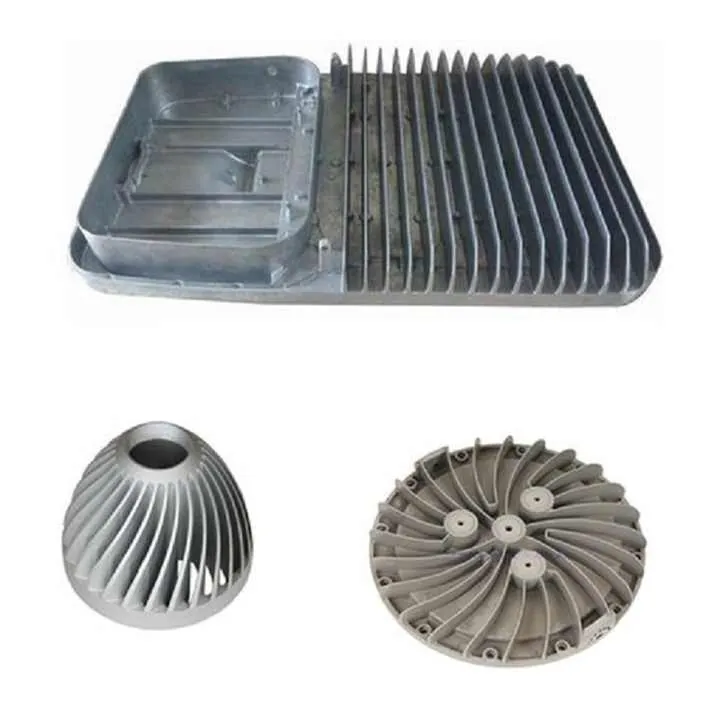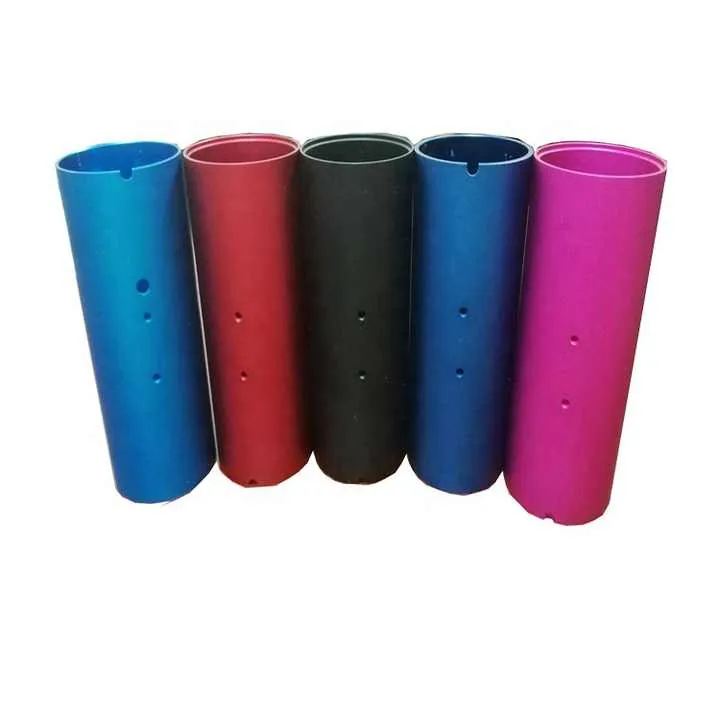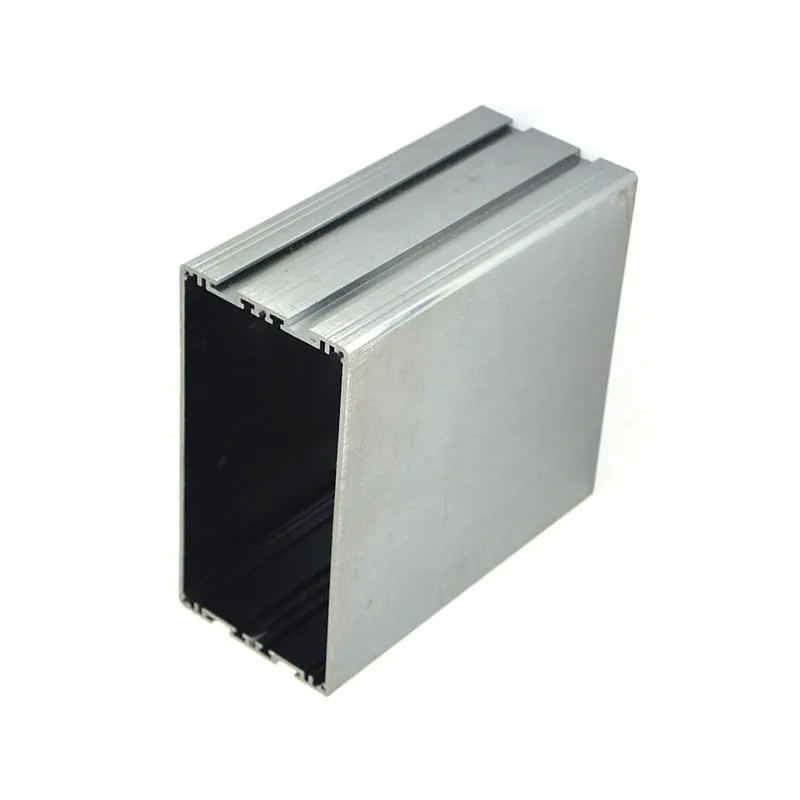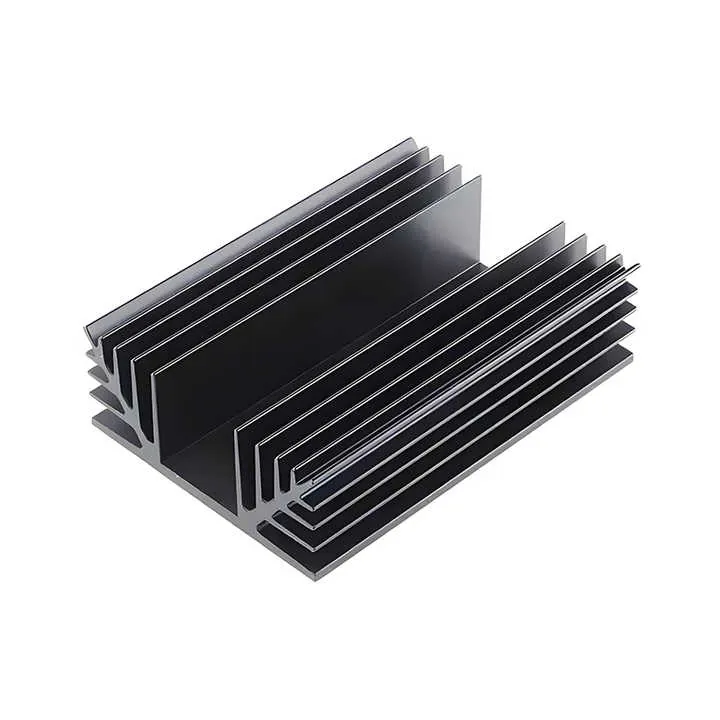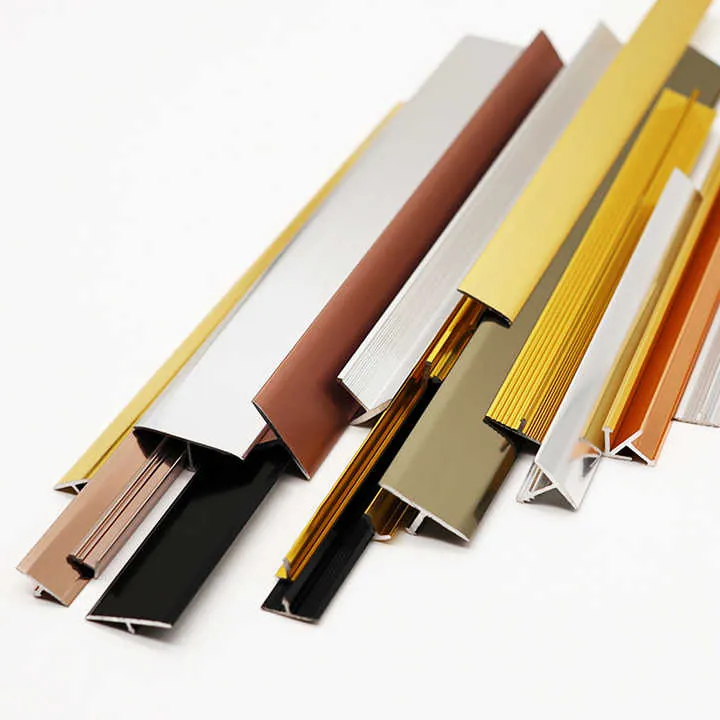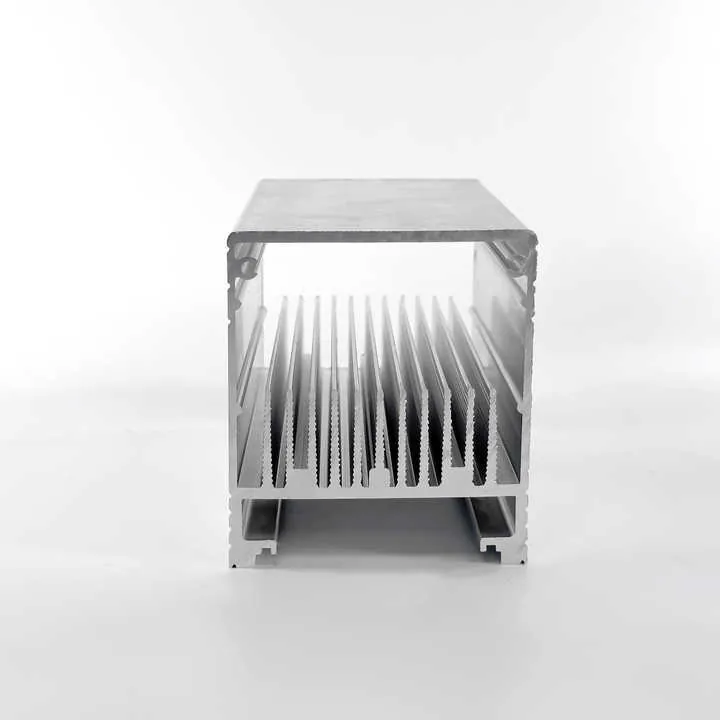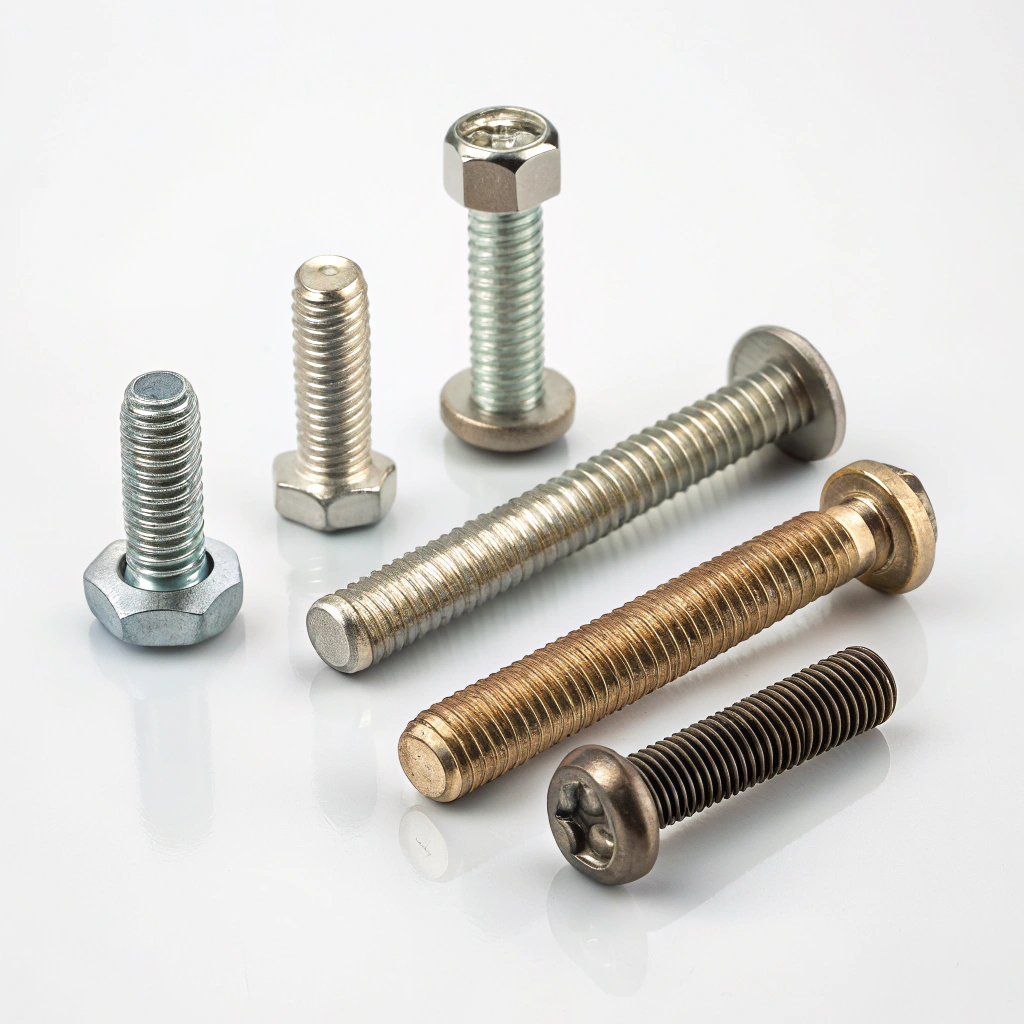
Bolts may all look similar at first, but each type serves a different purpose. Mistaking one for another can lead to failure in a structure, machine, or product.
There are 12 commonly used bolt types, including hex bolts, carriage bolts, lag bolts, and more—each with distinct head shapes, threading, and uses.
If you're sourcing parts for mechanical assemblies, metal housings, or industrial equipment, you need to know bolt types. Choosing the right one helps ensure both safety and precision.
How Do Bolt Head Styles Differ Visually?
When I first started working in machining, I thought bolts only came with hex heads. That changed quickly. I learned that the shape of a bolt's head isn't just cosmetic—it changes how it's installed and where it's used.
Bolt head styles differ in shape—such as hex, square, round, or countersunk—and are designed for specific tools and structural needs.
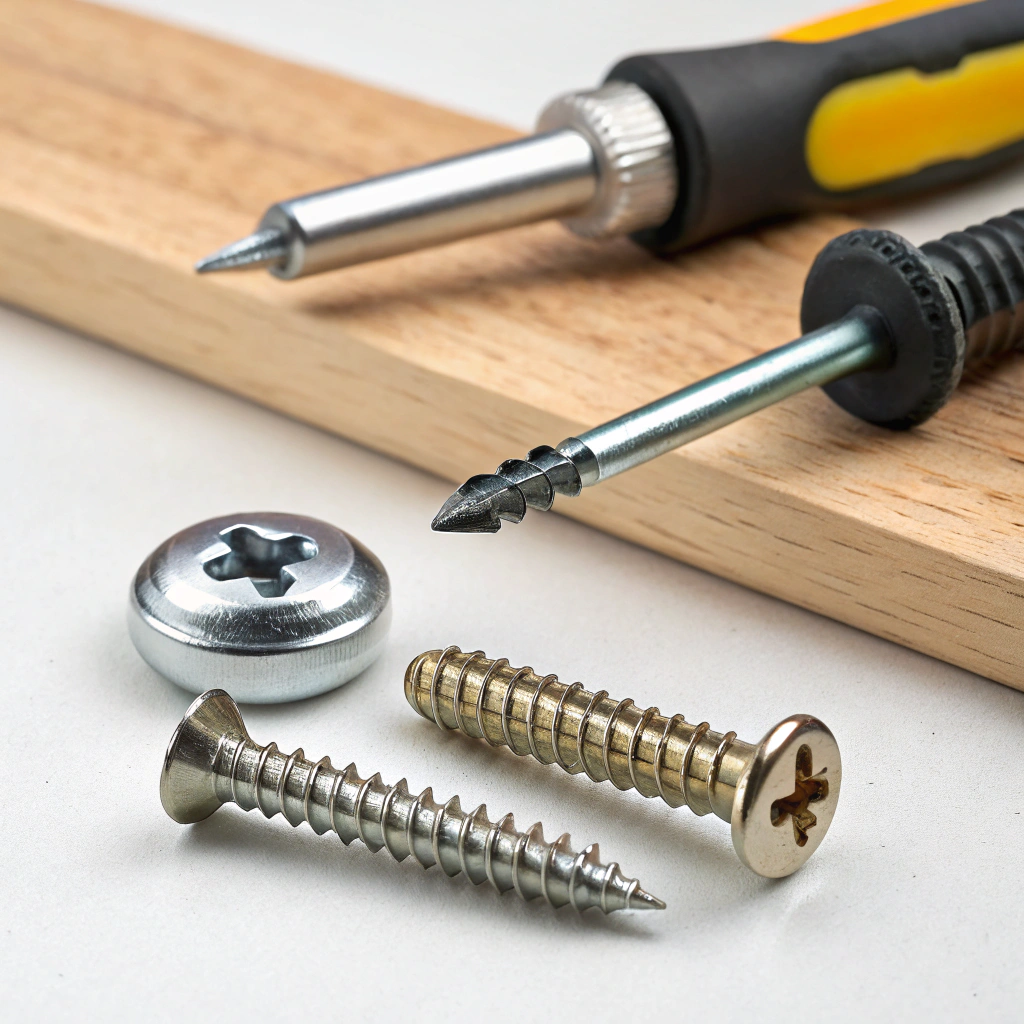
Let’s look at a visual comparison to make this clearer:
Common Bolt Head Styles
| Head Type | Appearance | Installation Tool | Use Case Example |
|---|---|---|---|
| Hex Head | Six-sided | Wrench or socket | Machinery assembly |
| Square Head | Four-sided | Wrench | Historical restoration |
| Round Head | Dome-shaped | Screwdriver | Decorative applications |
| Countersunk | Flat and angled | Allen key/screwdriver | Flush mounting on surfaces |
| Flange Head | Hex with built-in washer | Wrench | Automotive & vibration areas |
These head types determine how much torque you can apply and whether the bolt will sit flush or stick out. For example, countersunk bolts are popular in consumer electronics because they stay flat with the surface.
What Are the Common Uses for Each Bolt Type?
Not all bolts are used in the same way. From wood construction to metal enclosures, choosing the right bolt type ensures stability and safety.
Each bolt type is matched to specific applications based on its shape, thread, and material. Some are for wood, others for metal or concrete.
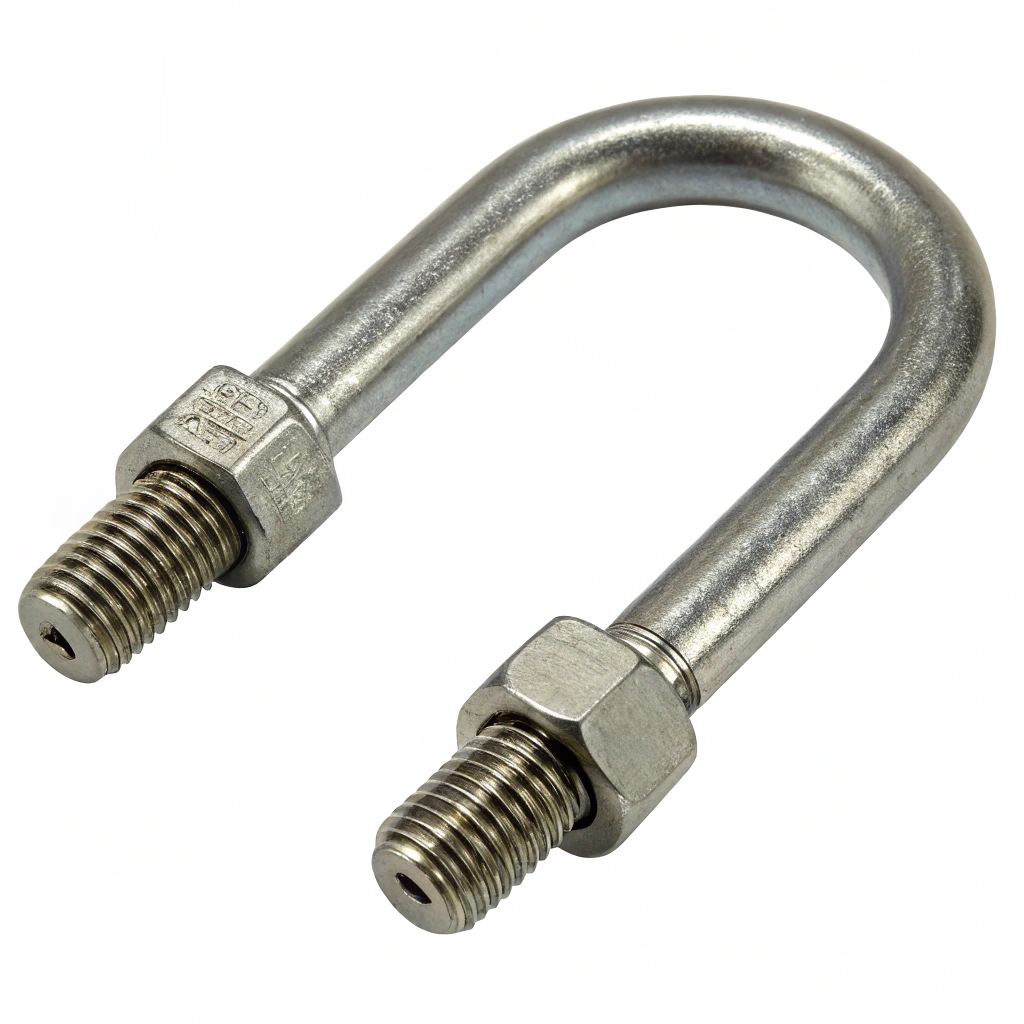
Here’s a list of 12 bolt types and what they’re typically used for:
12 Types of Bolts and Their Uses
| Bolt Type | Description | Common Use |
|---|---|---|
| Hex Bolt | Six-sided head, fully or partially threaded | Machinery, vehicles, construction |
| Carriage Bolt | Rounded head with square neck | Wood connections, fencing |
| Lag Bolt | Thick, coarse threads | Wood structures, decks |
| U-Bolt | U-shaped with threaded ends | Pipe and conduit clamping |
| Eye Bolt | Circular ring at one end | Lifting, rigging, anchoring |
| J-Bolt | Shaped like a “J”, threaded on one end | Concrete anchoring |
| Flange Bolt | Hex head with built-in washer | Auto engines, vibration-prone areas |
| Socket Head Bolt | Cylindrical head, internal hex drive | Machinery, tight clearances |
| Shoulder Bolt | Non-threaded shoulder under the head | Moving parts, pivot points |
| Elevator Bolt | Flat head, large bearing surface | Conveyors, elevators |
| Toggle Bolt | Spring-loaded wings for hollow walls | Drywall or ceiling mounts |
| T-Bolt | T-shaped head for slot insertion | Assembly fixtures, clamps |
When working on client prototypes, I often recommend socket head bolts for tight enclosures. For example, in a recent aluminum housing for a smart sensor, we used low-profile socket bolts to keep the appearance clean while ensuring enough torque strength.
How to Identify Bolts by Shape and Function?
You can’t always rely on packaging labels—especially when parts get mixed in the workshop or warehouse. Visual clues and feel are often more reliable.
You can identify bolts by examining the head shape, thread type, shaft length, and whether it includes features like shoulders, flanges, or loops.
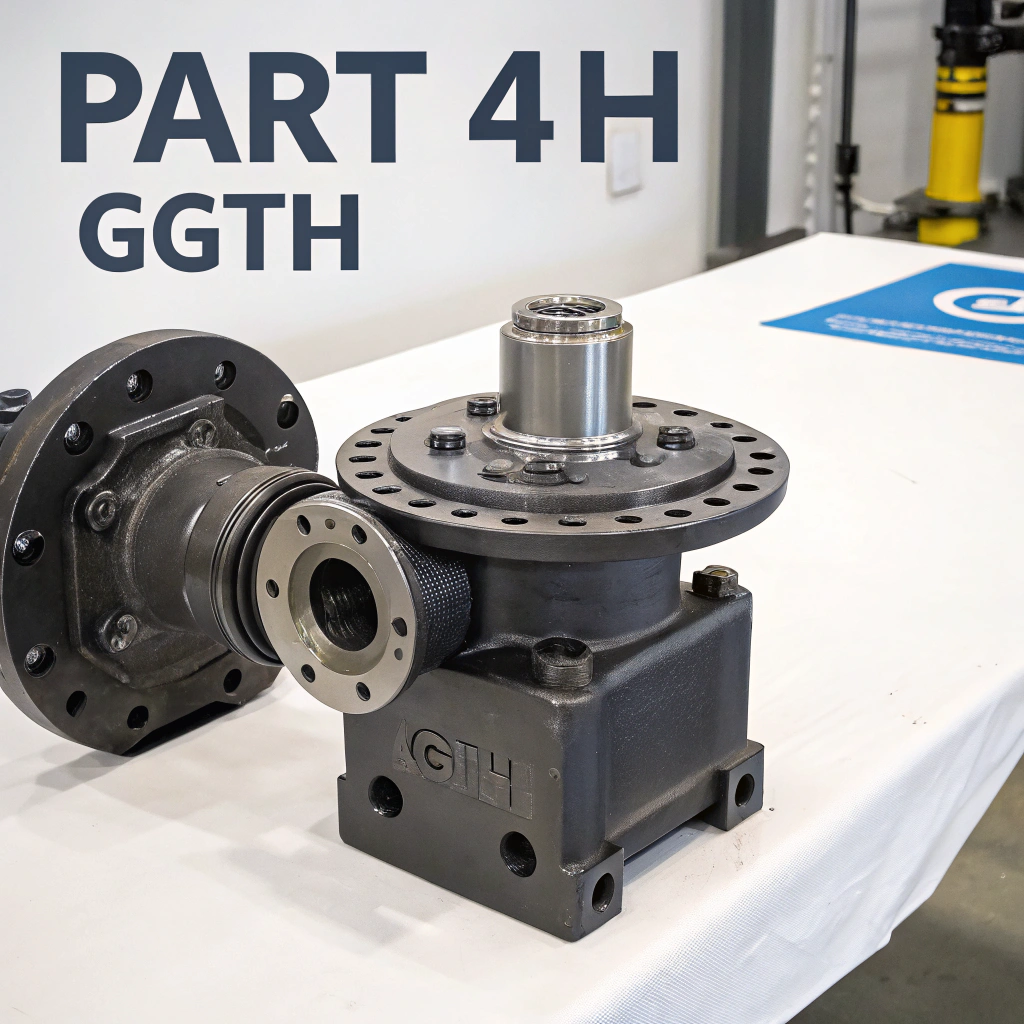
Here’s how I do it when I receive bulk fasteners or unknown samples from clients:
How to Identify Bolts Quickly
1. Look at the Head Shape
This is the easiest clue. A hex head? Likely a hex bolt or flange bolt. Rounded and smooth? Could be a carriage or elevator bolt.
2. Check the Threads
- Coarse threads usually mean lag bolts or wood bolts.
- Fine threads are often used for machinery or metal applications.
3. Inspect the Shaft
- A smooth section under the head (shoulder) might indicate a shoulder bolt.
- Full threading usually points to general-purpose or assembly bolts.
4. Look for Additional Features
- Loop at the end? Eye bolt.
- U-shape? Definitely a U-bolt.
- Spring wings? Toggle bolt.
In our factory, we sometimes create mixed kits with several types of bolts. We always make sure each type is separated and labeled clearly. I also include a diagram for customers who aren't bolt experts—especially for those ordering prototype kits or small-scale builds.
Why Do Different Projects Require Specific Bolt Types?
Choosing the wrong bolt isn't just a minor mistake—it can lead to structural failure, injury, or equipment malfunction. That's why bolt selection is critical.
Different projects require specific bolt types because of load requirements, materials, installation methods, and environmental conditions.

I once worked with a customer who used carriage bolts on a steel frame. The bolts loosened over time because they weren’t meant for metal-to-metal applications. After switching to hex bolts with lock washers, the problem was solved.
Factors That Influence Bolt Selection
| Factor | Why It Matters |
|---|---|
| Load-Bearing Needs | Heavy loads require stronger bolts |
| Vibration or Movement | Projects with vibration need flange or lock bolts |
| Material Type | Wood, metal, or concrete require different threading |
| Environmental Exposure | Outdoor use may need galvanized or stainless bolts |
| Installation Access | Limited space may need socket or T-bolts |
Every time we process a drawing for CNC machining, we check bolt specs with the client. If a project includes heat, water, or constant pressure, we double-check bolt grade and coating.
In our shop, we’ve standardized a bolt reference chart for internal use. It helps us train new staff and reduce errors in packing or pre-assembly. For clients, we often attach bolt matching guides with their aluminum housing or bracket orders.
Conclusion
Understanding bolt types, their shapes, and uses makes it easier to choose the right fastener for your project—and helps you avoid costly mistakes.

